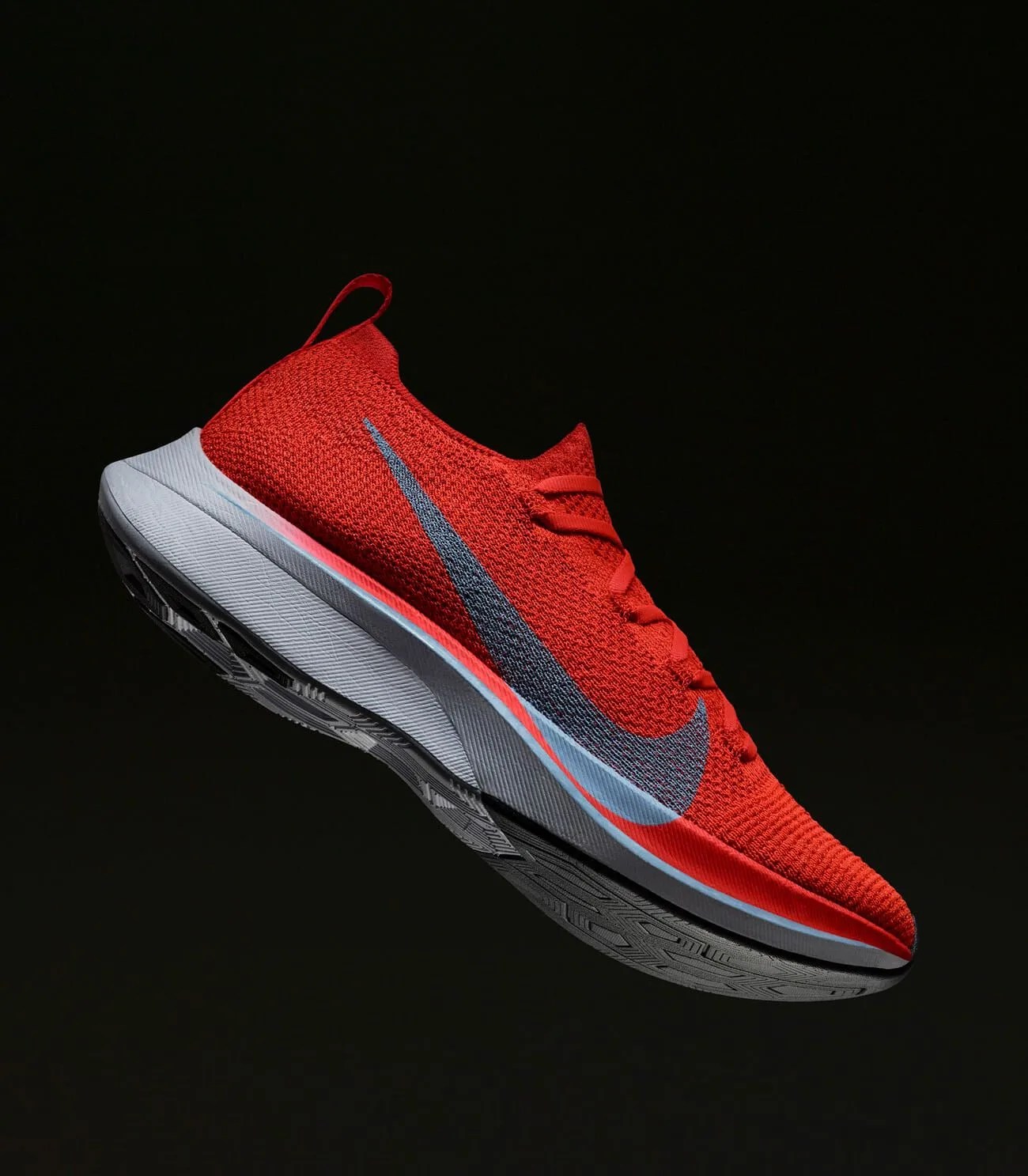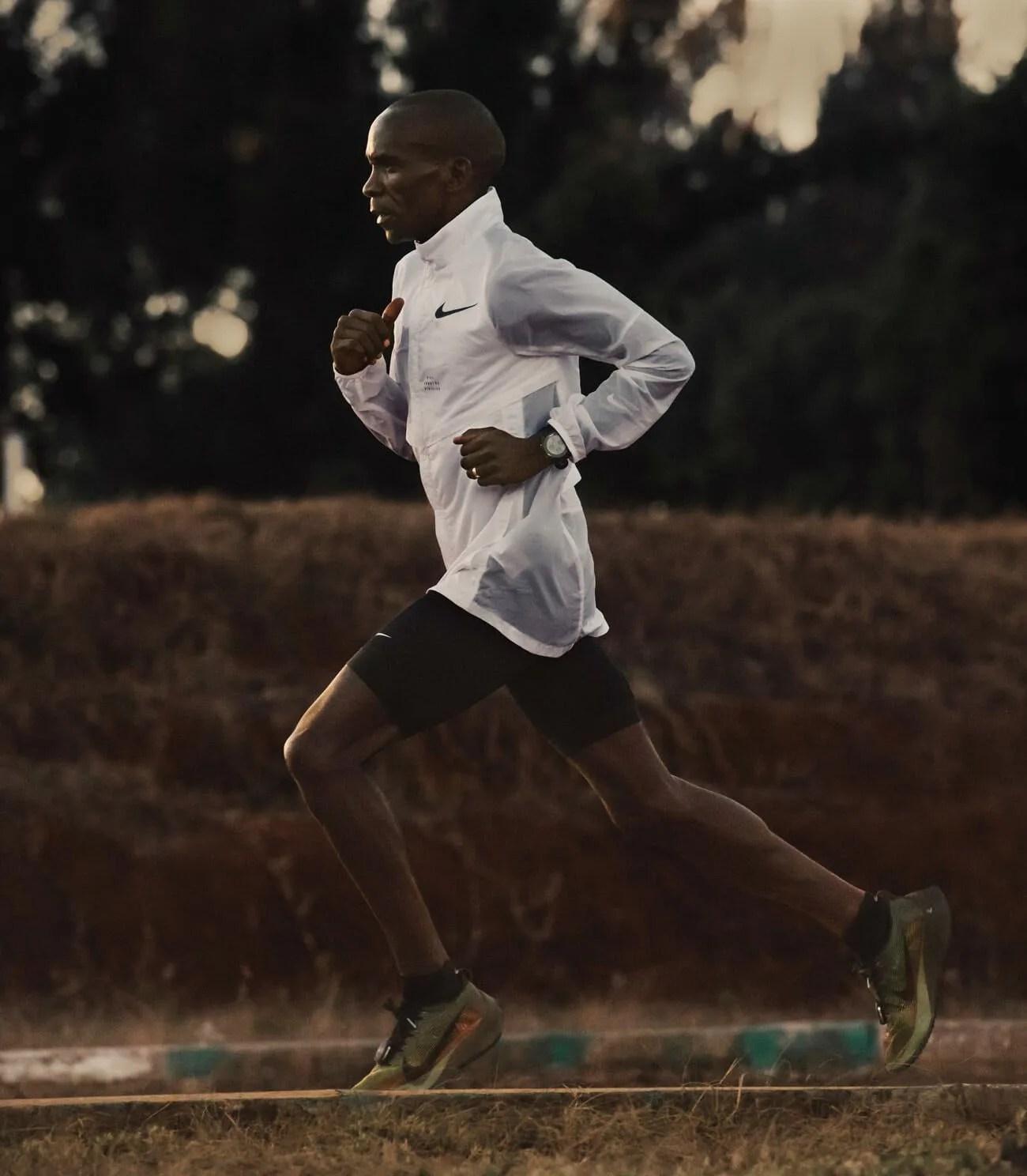As Specialized’s Director of Integrated Technologies, Chris Yu spends a lot of time around fast bikes, which is half the reason I’ve flown to Morgan Hill, California, to speak with him. But what I really want to know is how he feels about running shoes.
Yu’s title puts him in a unique position to weigh in on a debate that’s gripped the running world ever since Nike launched a shoe called the Vaporfly, which features a controversial curved carbon-fiber plate and extra-resilient foam that together help propel runners forward. When Kenyan distance runner Eliud Kipchoge broke the men’s marathon world record by more than a minute, in 2018, he was wearing a pair of Vaporflys.
Some runners consider them an unfair advantage. I figured Yu, who contemplates aerodynamic advantages in cycling as part of his job, could help me dig into a larger question, one that borders on the moral: at what point does gear become too good? Why do we regard some technological advancements as innovations, but others as cheating?
Cycling’s governing body, the UCI, has its own answer. Back in the 1990s, before bike companies had wind tunnels for development purposes, an amateur cyclist named Graeme Obree built his own bikes from parts salvaged from old washing machines. His designs gave him a more aerodynamic body position, which he used to break the prestigious one-hour record on two separate occasions. Two of Obree’s riding positions were later banned from the sport, and the UCI now maintains a strict list of criteria, from tube thickness to saddle setback, for what constitutes a competitive bike. That list determines which innovations can and cannot leave Specialized’s California headquarters.
Though Nike sells the Vaporfly to the general public, the sneaker worn by Kipchoge during his record-setting run was not the same running shoe.
Yu acknowledges that shoes like Nike’s Vaporfly make a difference, but says it’s “not really technically different to a new foam with a better spring rebound.” With bikes, though, a piece of equipment’s aerodynamic advantages grow the faster a rider goes, magnifying small advantages. Of course, in road racing, there are more advantageous ways to fight the effects of wind drag, which is why the sport is so much fun to watch: no amount of slick gear can overcome tactics, teamwork and timing.



